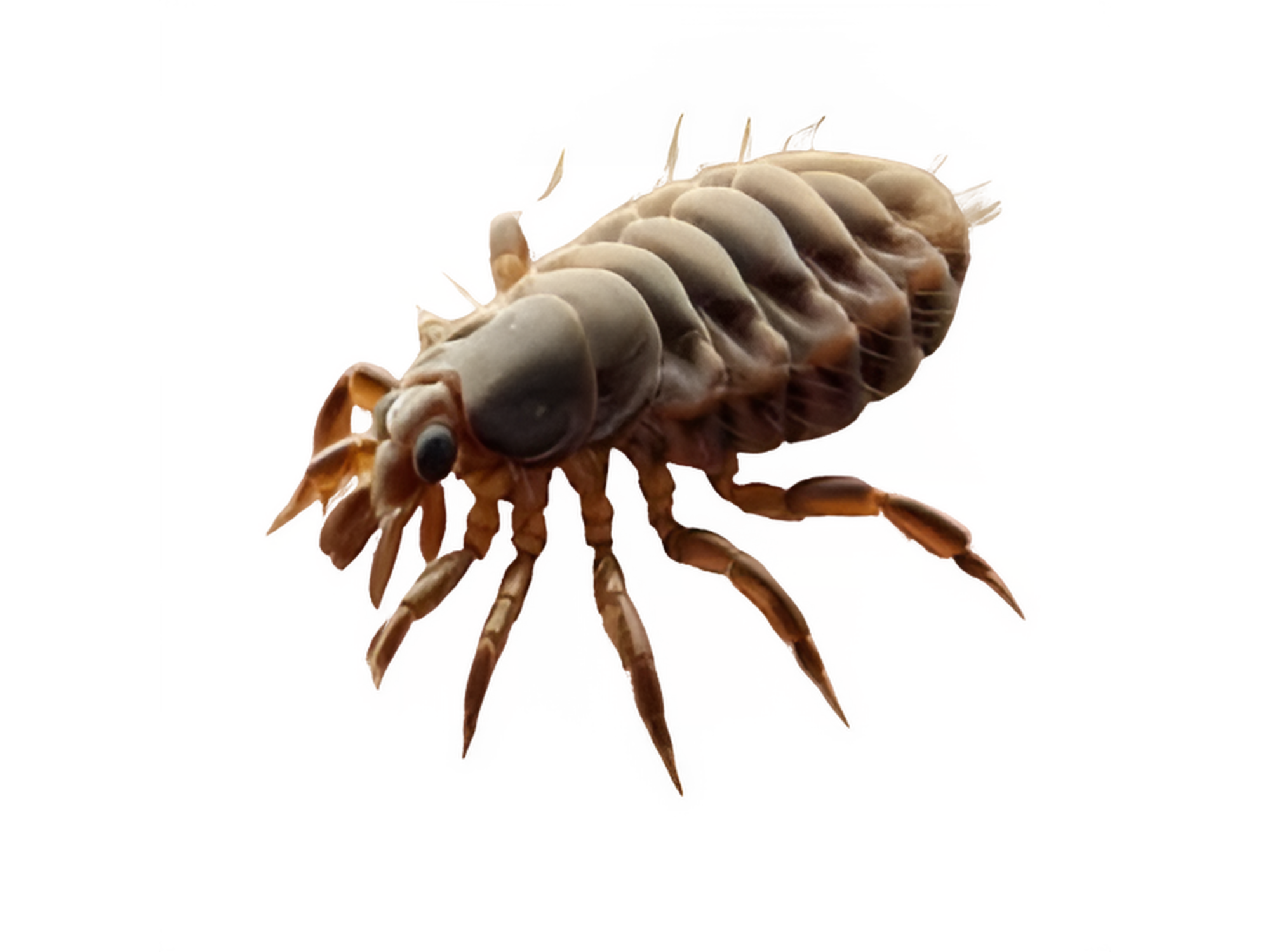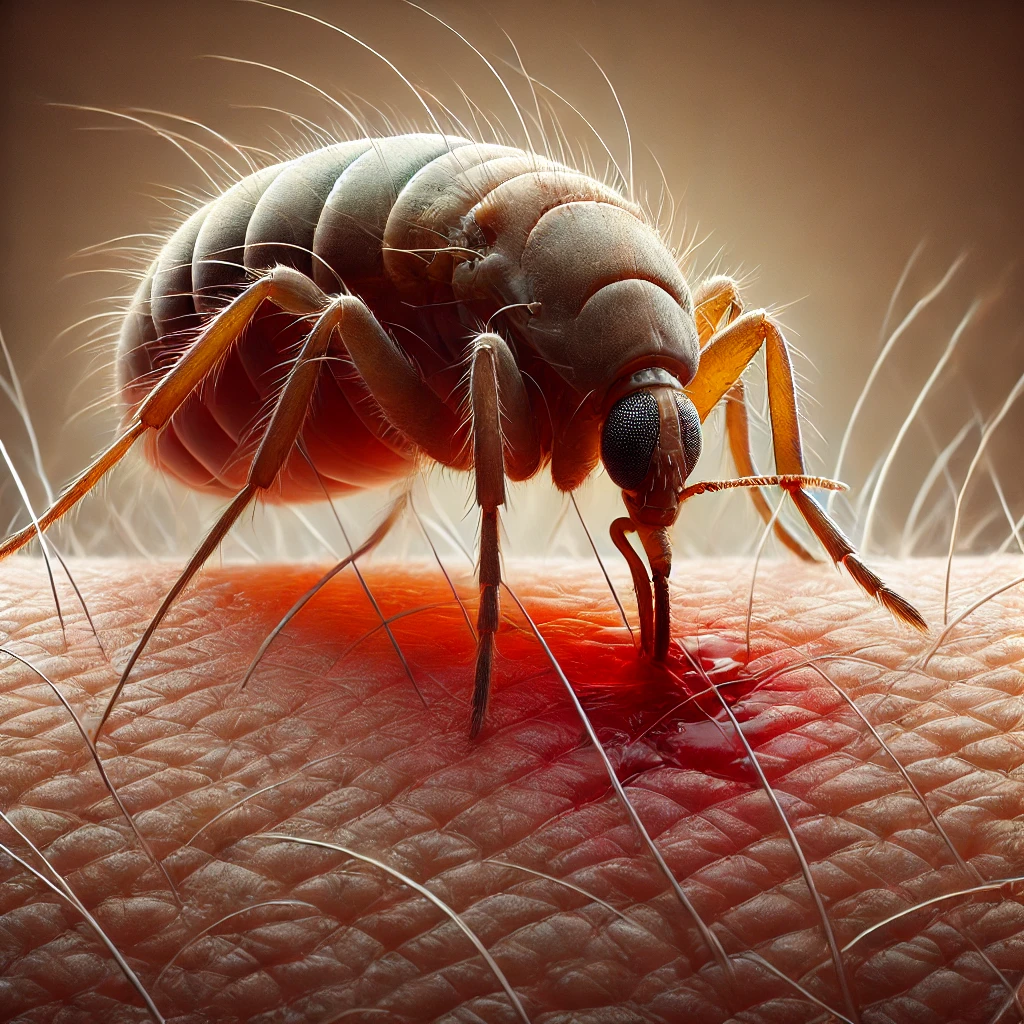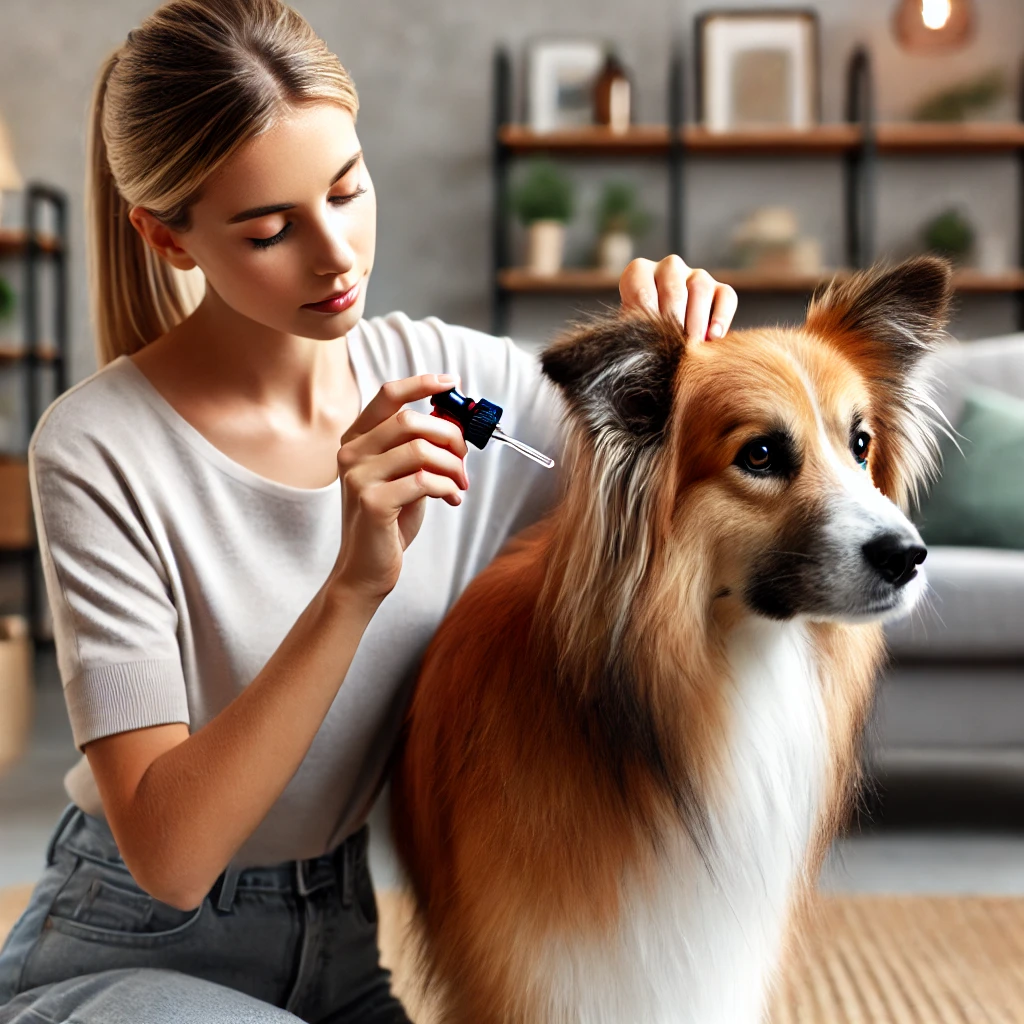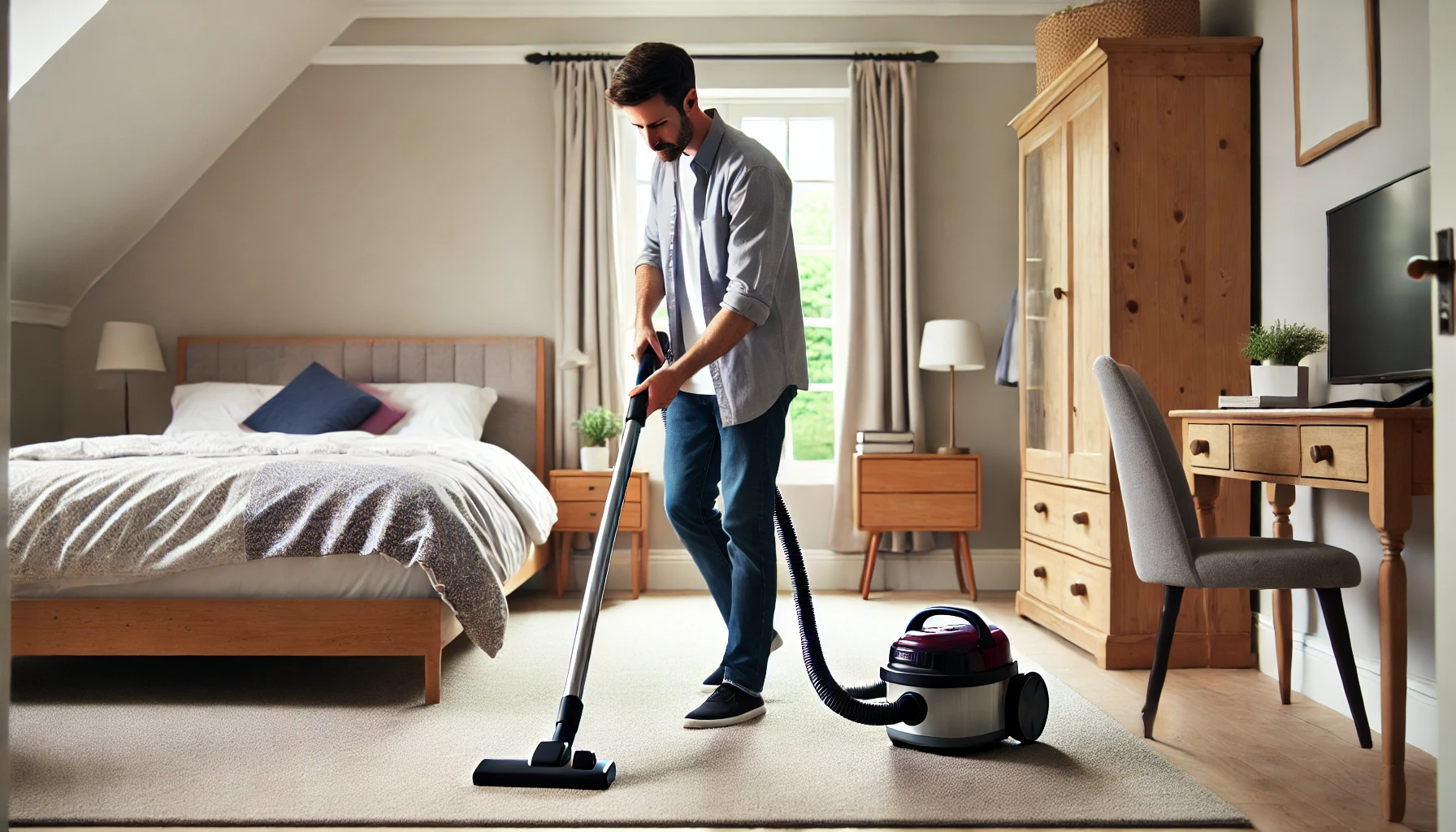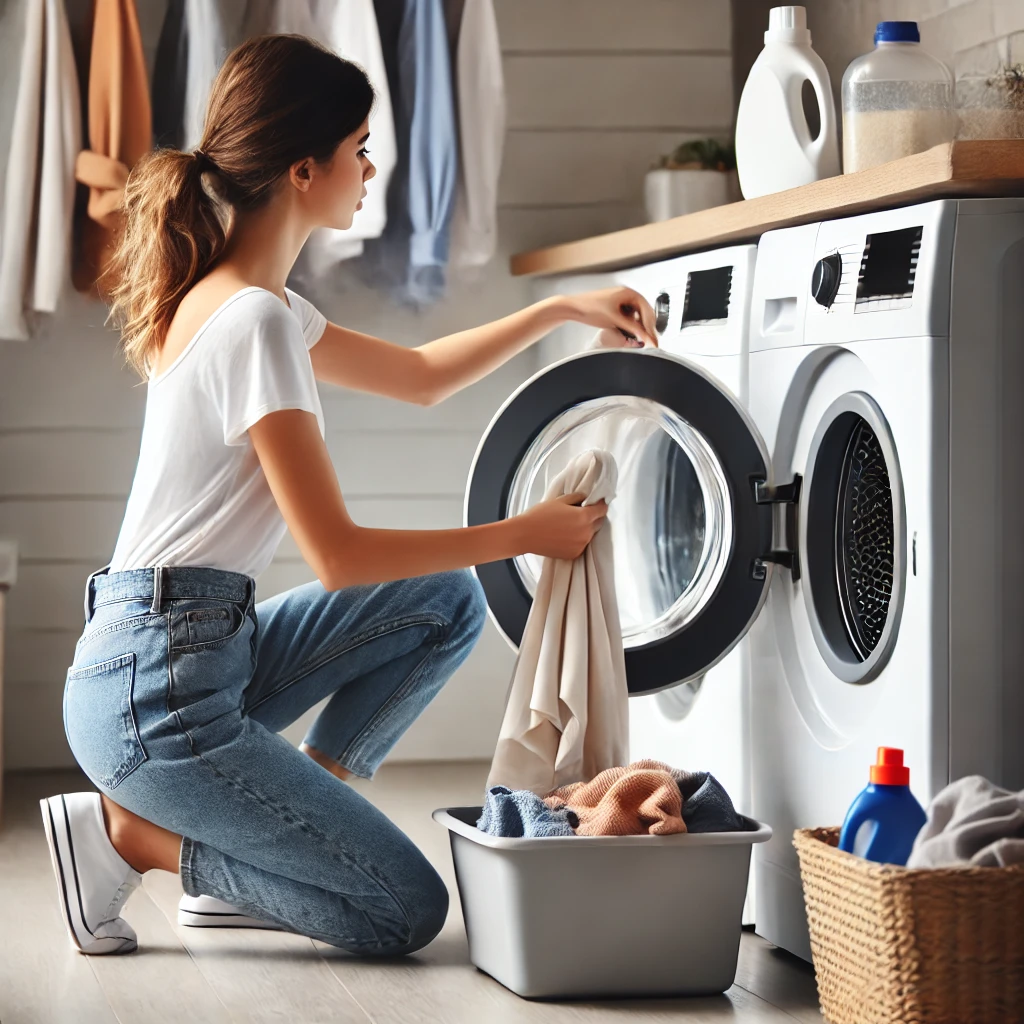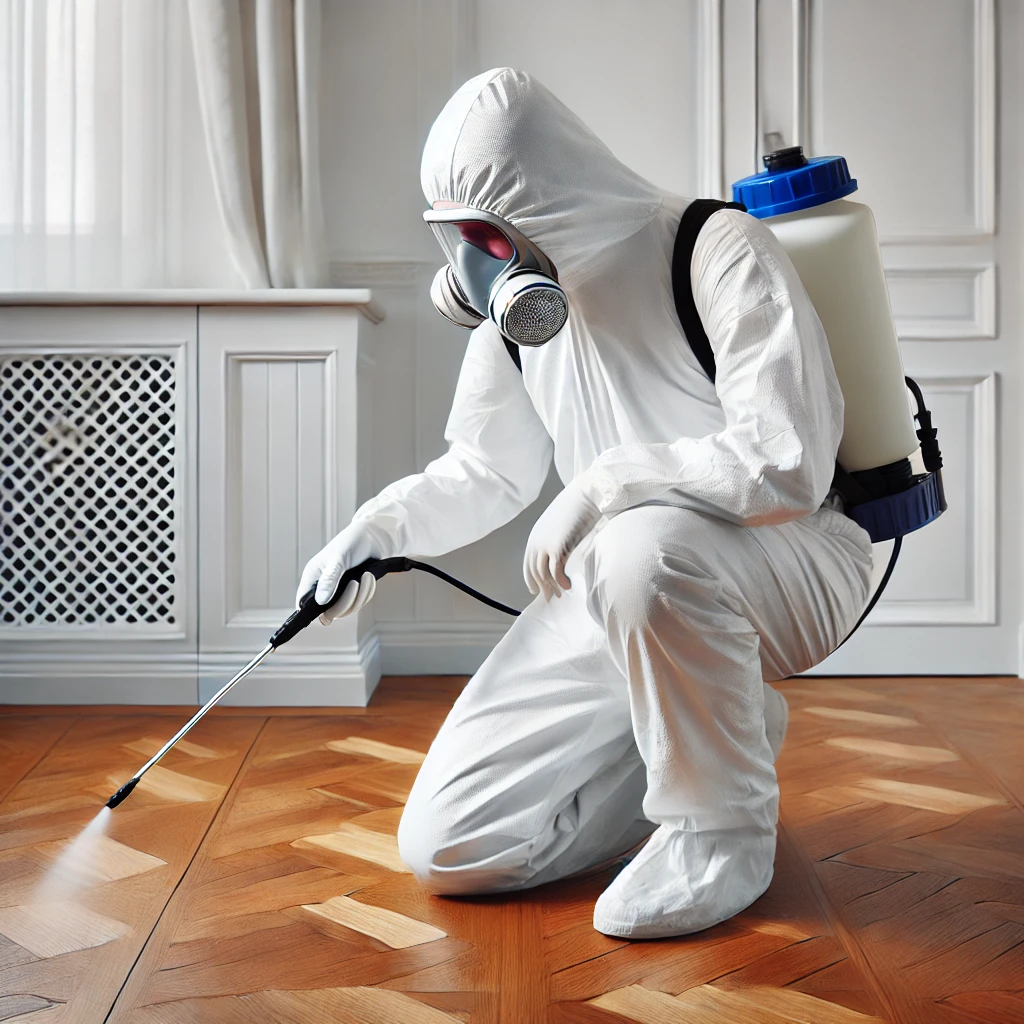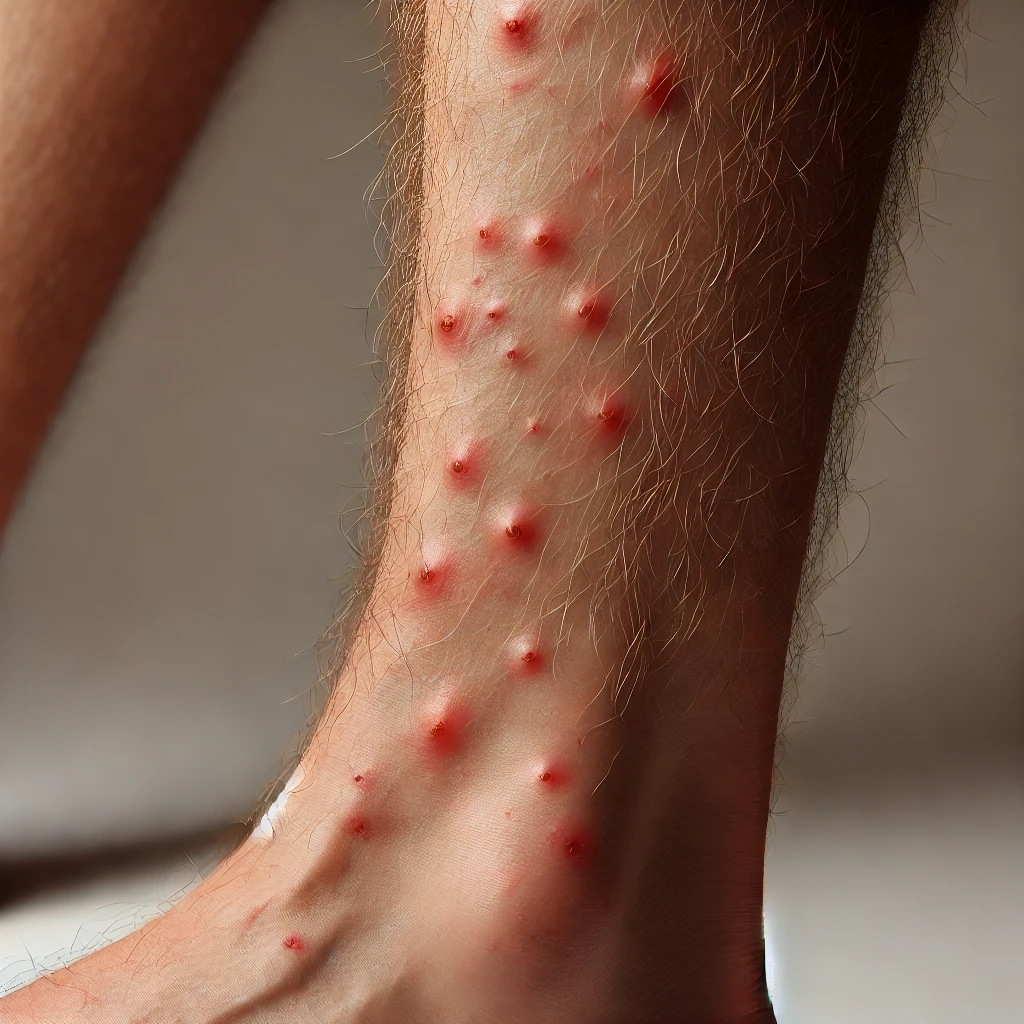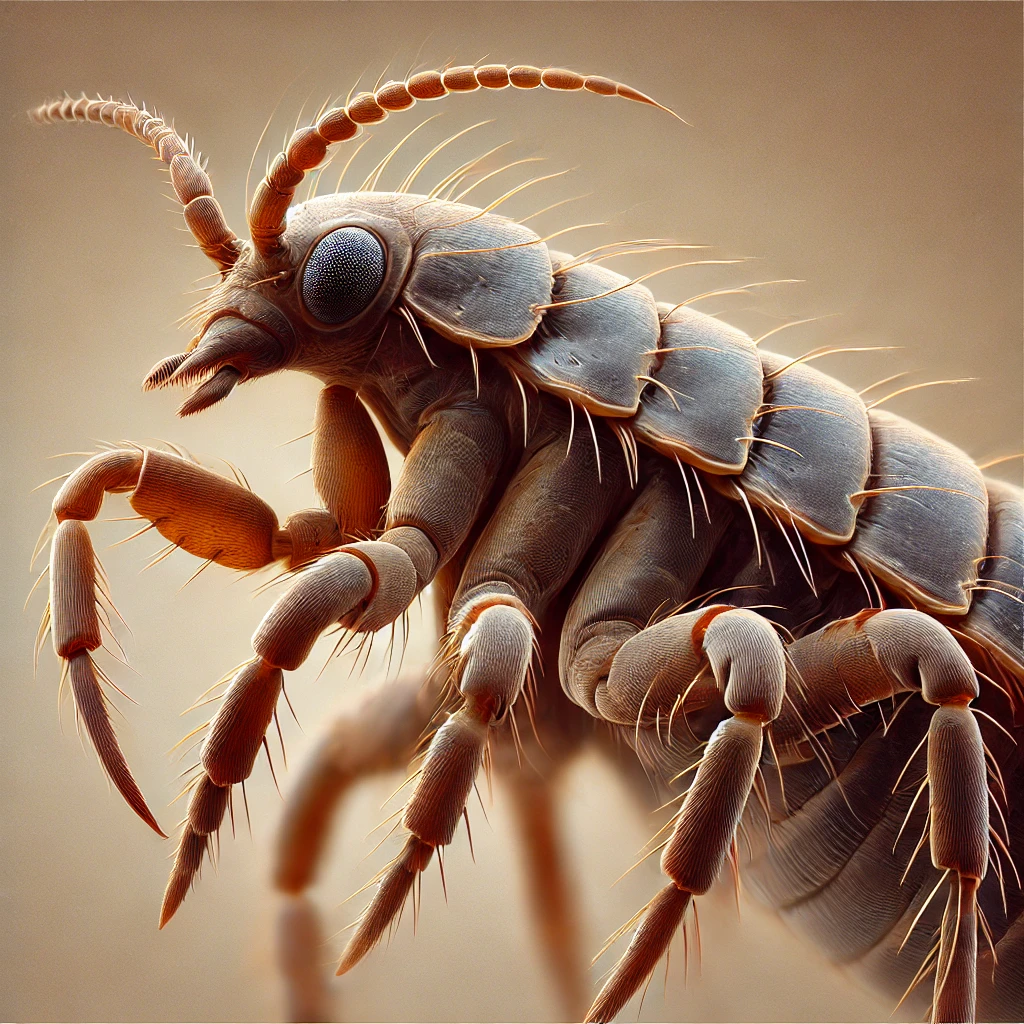Treatment
* The technician will spray a residual insecticide in the infested bedroom(s) and in some cases, adjacent rooms, using one of our company-approved products. The wet spray will have an instant knock down effect on adult bed bugs. Once dried it is safe to you and pets and invisible to the eye, but the residual properties of the dried insecticide will remain active continuing to kill the bed bugs as they emerge from eggs and as they move around and encounter the insecticide. The residual pesticide can continue to work for up to 3 months.
* The initial spray will kill the majority of the adult fleas that are active at the time of treatment, but it won’t kill any flea eggs or flea larvae that haven’t yet developed into adult fleas; they are protected by their casings. That’s why we use a residual pesticide which will kill them as they emerge, and this can continue to work for up to 3 months.
* Flea eggs can lay dormant for up to 18 months but agitation and warm temperatures will help them complete their life cycle (egg to adult) in 2 – 4 weeks. This is why you may continue to see some activity for a few days after treatment, but this should reduce with every day that passes. If it isn’t reducing at all, or after 8 - 10 days there’s still significant activity you may require a second treatment.
* It’s important to note that the efficacy of the residual pesticide is reduced when using it on hard surfaces compared to carpet or other soft furnishing. Its lasting capability just isn’t the same for obvious reasons. Properties with lots of hard floors (especially exposed floorboards with gaps) and cases with heavier infestations often require 2 visits.

